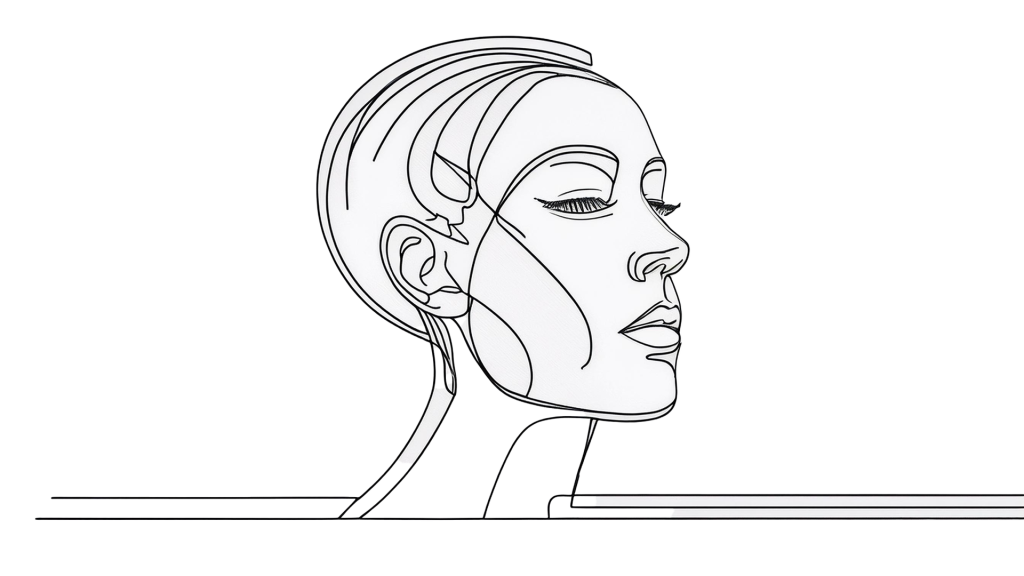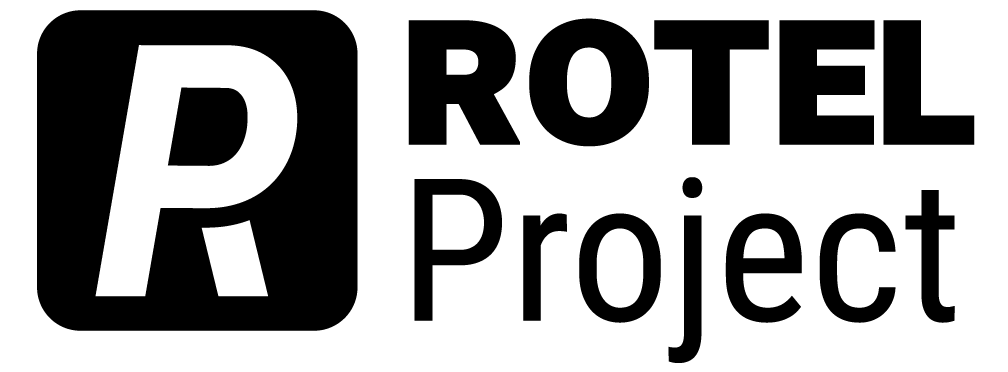Examining Our Own Culture and Identity

In EI, a tenet of best practice is to engage in home-based routines and interventions, which means that we are giving families advice on how to adjust the way they interact and care for their children in the service of enhancing their children’s development. If we aren’t acutely aware of the ways our own beliefs impact our views on family engagement, disability, and child-rearing, we’re more likely to default to telling them what we’d do. That makes it impossible to provide culturally responsive services. For this reason, the next pillar of the Framework For Culturally Responsive Early Intervention is examining one’s own culture. You’ll recall from chapter one that this is a component in Bradshaw’s (2013) original Framework for Culturally Responsive Early Intervention.
Chapter Objectives
- Define culture and identity and explain how our cultural experiences influence our development and identities.
- Understand the concept of personal and social identities
- Name your own personal and social identities and explain how they intersect to make you who you are
- Curate an understanding of how your culture and identity shape your values, beliefs, and interactions with others
- Examine your relationship to the dominant culture based on your personal and social identities and cultural backgrounds.

